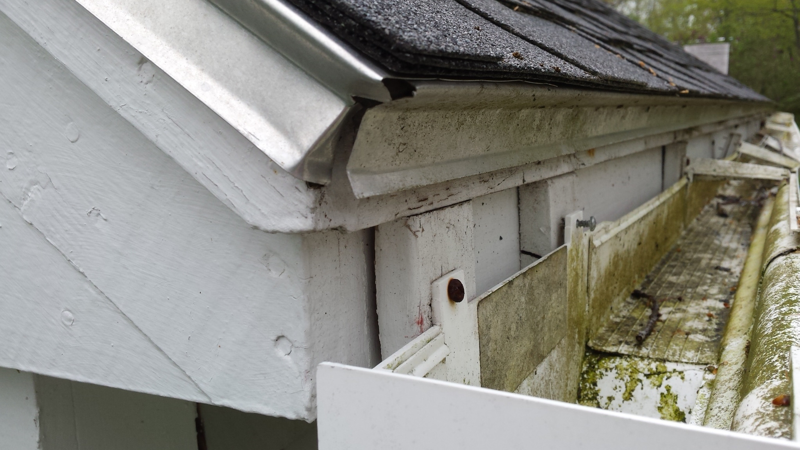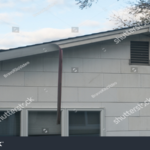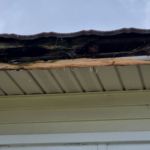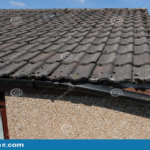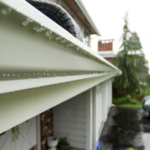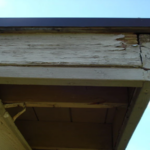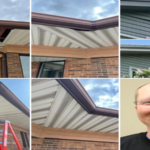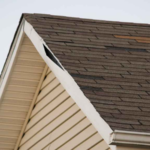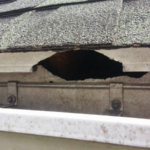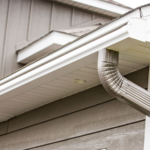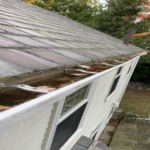- Make sure the company is licensed and insured. This will protect you in case of any accidents or damage during the installation process.
- Ask for references. A good company should be able to provide you with a list of satisfied customers.
- Get a written estimate. This will give you a good idea of the overall cost of the project.
- Make sure the company uses high-quality materials. This will ensure that your new gutters last for many years.
- Ask about the warranty. A good company should offer a warranty on their workmanship.
By following these tips, you can be sure that you’ll find a reputable company that will do a great job installing your new gutters.
Can I install gutters myself?
The average homeowner can install gutters themselves with the proper tools and instruction. However, there are a few things to consider before taking on this project. First, consider the height of your home. Installing gutters on a two-story home is more difficult than a one-story home. Second, take into account the type of material your gutters are made of. Gutters come in a variety of materials, including aluminum, vinyl, and steel. Each type of gutter has its own set of installation instructions. Third, be sure to have the proper tools for the job. A ladder, level, tape measure, drill, and saw are all necessary for a successful gutter installation. Finally, read the instructions carefully before beginning the project. Gutters are an important part of your home’s drainage system, and a properly installed gutter will protect your home from water damage.
Do gutters go under drip edge?
No, gutters do not go under drip edge. The drip edge is a metal edging that is installed on the roof to direct water away from the fascia board and into the gutters. The drip edge provides a clean, finished look to the roofline and helps to prevent water damage.
How do you install rain gutters yourself?
- Gather your tools and supplies. You will need a ladder, a drill, a saw, gutters, downspouts, brackets, screws, and sealant.
- Measure the length of your home’s eaves and cut the gutters to size.
- Install the brackets along the length of the eaves, using the drill to secure them in place.
- Hang the gutters on the brackets and use the screws to secure them.
- Connect the downspouts to the gutters and secure them with screws.
- Use sealant to seal any gaps or joints in the system.
How are rain gutters attached?
There are a few ways to attach rain gutters, depending on the type of material the gutters are made of and the type of roof they will be attached to. Gutters can be screwed, nailed, or bolted to the fascia board, which is the board that runs along the edge of the roof. Some gutters can also be hung from the eaves of the roof using hangers.
Is it better to DIY gutters or professional?
There are pros and cons to both doing your own gutters and hiring a professional. If you choose to DIY, it is important to be aware of the potential risks and safety concerns involved. These risks can be minimized by taking proper safety precautions and ensuring that you have the necessary skills and knowledge to complete the job correctly. Hiring a professional to install your gutters can be more expensive, but it may provide peace of mind knowing the job was done correctly and safely.
What are the easiest gutters to install?
The easiest gutters to install are those that come in pre-assembled sections. These sections are typically made of aluminum or vinyl and can be cut to fit the specific length of your gutters. Some manufacturers also offer gutter installation kits that include all of the necessary components and instructions for a successful installation.
Are DIY gutters worth it?
There are a few things to consider when deciding if DIY gutters are worth it. The first is the cost. Gutters can be expensive, and if you’re not experienced in installation, you may end up spending more than you would if you hired a professional. The second is the time commitment. Gutters take time to install, and if you’re not experienced, it may take you longer than it would a professional. The third is the level of difficulty. Gutters can be tricky to install, and if you’re not experienced, you may have difficulty getting them installed correctly. Finally, consider the warranty. Most professionals offer a warranty on their work, but if you’re doing it yourself, you’ll be responsible for any repairs or replacements.
Should gutters be flush with fascia?
The answer to this question is a bit nuanced and depends on a few factors. If your gutters are properly installed and maintained, then they should be able to handle water flow without being flush with the fascia. However, if your gutters are not properly installed or maintained, then they may need to be flush with the fascia in order to prevent water damage.
Bottom Line
If you’re in need of a new gutter installation, don’t hesitate to reach out to a professional handyman service. They will be able to quickly and easily install your new gutters, so you can enjoy the benefits of having properly functioning gutters for years to come.
